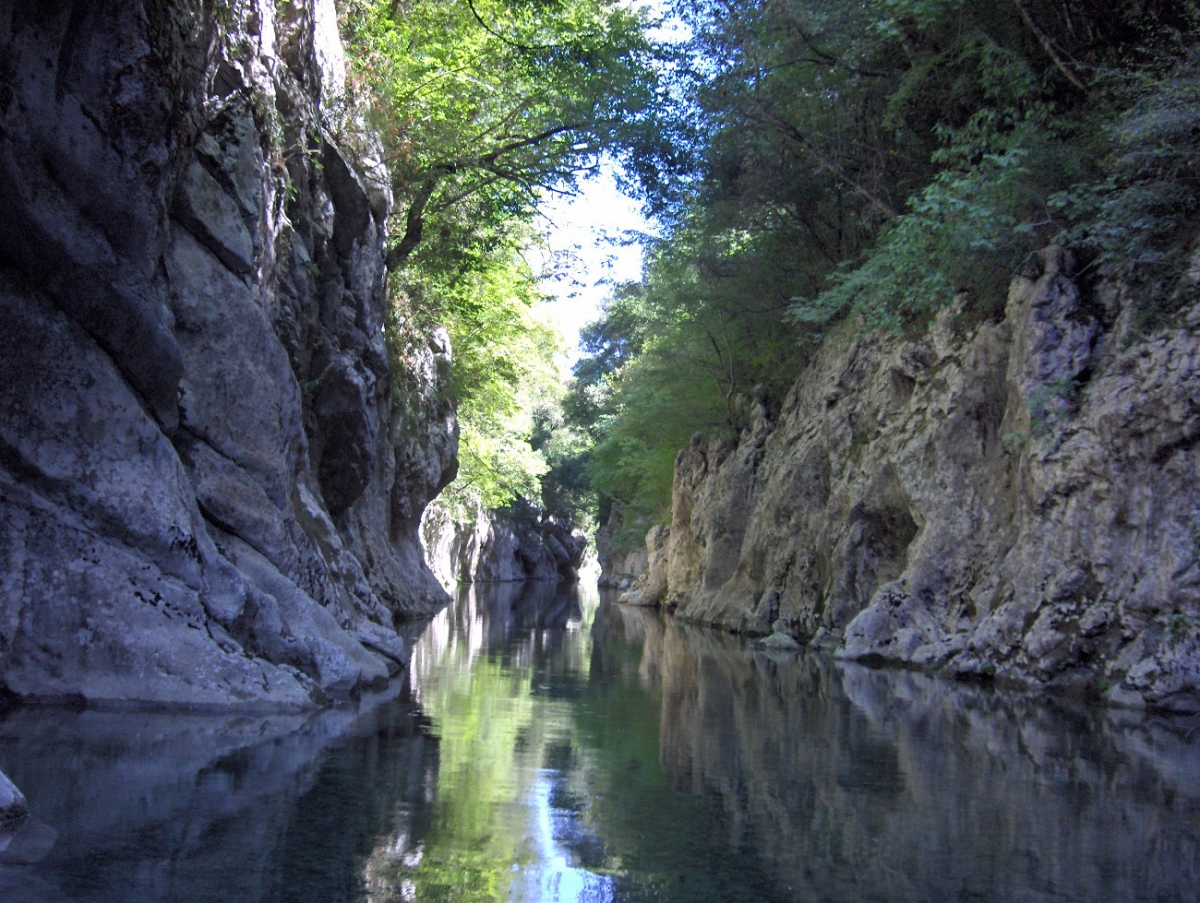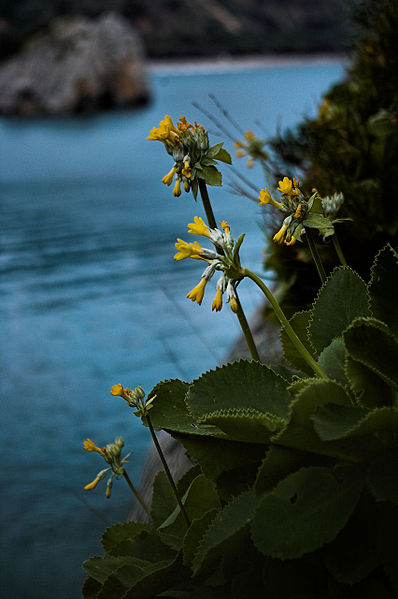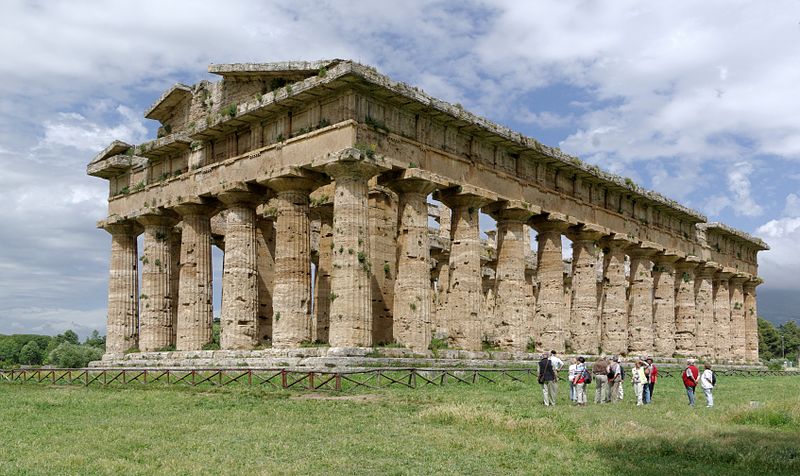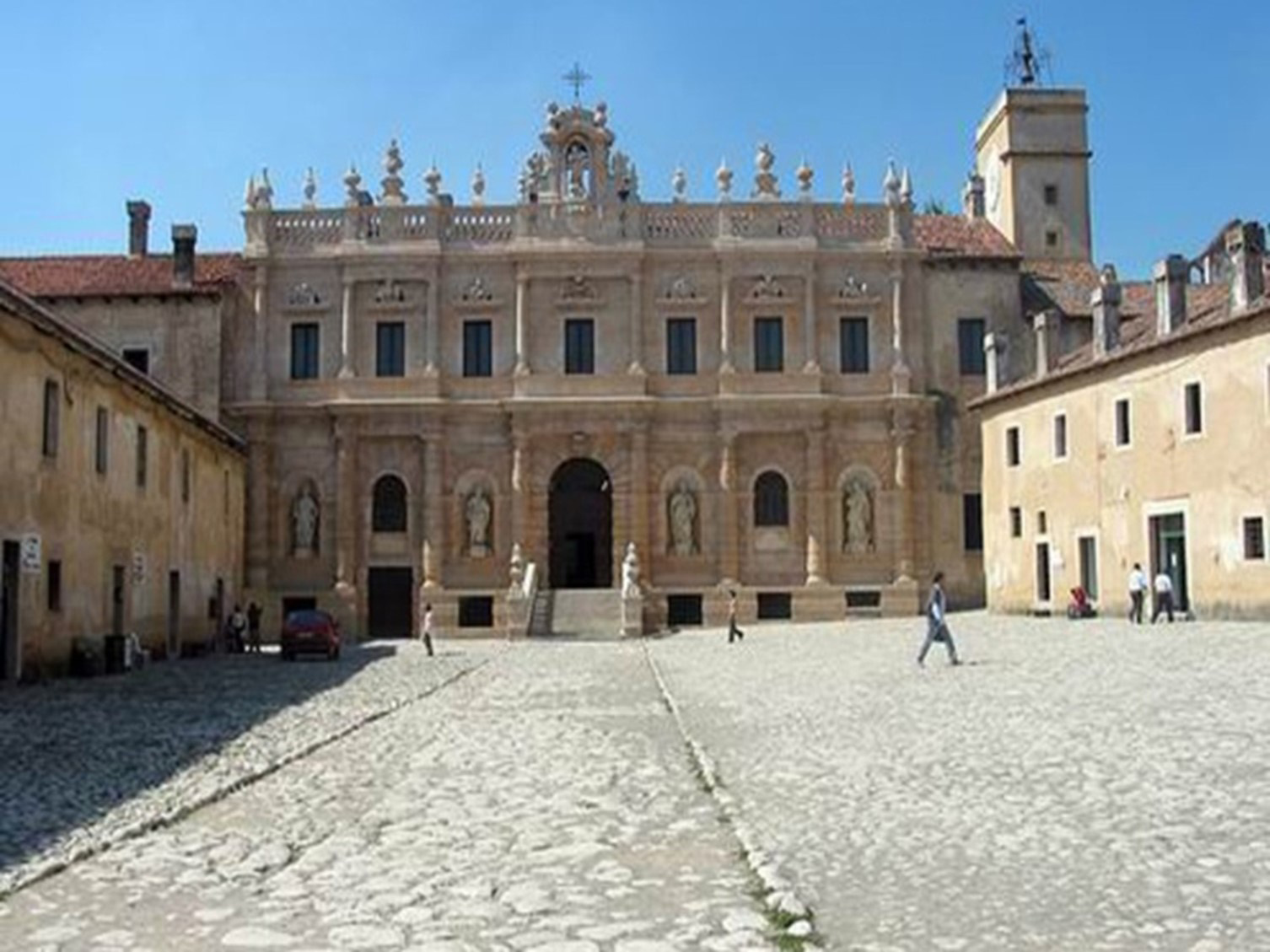The UNESCO World Heritage in Parco Nazionale del Cilento and Vallo di Diano

Cilento, a land of myths and legends and an area of undoubted beauty. It has various landscapes: from sandy and rocky coasts to mountains and villages in the high ground.
The toponym Cilento (Cis Alentum) means "on the Alento's side": historically, it used to indicate the portion of land known as Baronia del Cilento close to the river Alento, which flows in the sea between Ascea and Casal Velino. Since the 16th century, the world started to indicate an increasingly vast territorial scope that covered the demarcated areas in North by the river Sele, in South by the Gulf of Policastro and in East by the Vallo di Diano.
Parco Nazionale del Cilento e Vallo di Diano is the Mediterranean park "par excellence" thanks to its Mediterranean scrub ecosystems made of holm oak, olive and pine trees. It preserves ruins of all the people that used to live in its area: from the Palaeolithic to the Paestum and Velia's settlements, Medieval castles and then the Baroque masterwork of the Charterhouse of Padula. It is located on the Tirreno Sea coast and today it is a living landscape that maintains an active role in contemporary society, but also traditional characters that gave it the birth: landing organization, pathways, crop structure and settlement ways.
Thanks to these things and the international importance of the archaeological site of Paestum and Belia, as well as the Charterhouse of Padula, the area of Parco Nazionale del Cilento and Vallo di Diano in 1998, was included in the UNESCO World Heritage List and in 2010 became the First Italian UNESCO Geopark.
The history of Parco Nazionale del Cilento and Vallo di Diano
Parco Nazionale del Cilento, Vallo di Diano and Alburni was born in December 1991 and in 1995 the Organization for its management with the headquarter in Vallo Della Lucania. The protected area has an extension of 1,800 hectares and fully covers the province of Salerno. Since the beginning, the Organization's logo is the primula Palinuri, an endangered species of flower typical of the area.
Parco Nazionale del Cilento and Vallo di Diano was included in Unesco's MAB Programme in 1997 as a "biosphere reserve". Unesco’s MAB Biosphere Reserve is a network that aims at protecting natural habitats and biodiversity, and at promoting a harmonious, sustainable development between nature and culture, that is, between man and his environment.
The Park's area offers a varied environment that covers sandy and rocky coasts which spread between the Gulf of Salerno and the Gulf of Policastro, a mostly hilly hinterland where there is the group of Alburni Mounts. The karst terrain characterises the region and determines the presence of many grottos, both on the hills and the coast between Palinuro and Scario. Forests of pine, holm oak and chestnuts alternate with big areas of Mediterranean scrub.
Its fauna is rich in rare and endemic species, such as the otters, wildcat, wolf, peregrine falcon and golden eagle. The Park works hard throughout the year on special projects of fauna's protection and reintroduction, in particular for the endangered species.
The archaeological site of Paestum and Velia
At the beginning of the VI century B.C., Achei colonies from Sibari founded Poseidonia, one of the richest cities of Magna Grecia. Even today, the city has most of the city wall that extends for 4.7 km and covers the Agorà with the Heroon and three temples known as Cerere, Neptune and Basilica.
Around 400 B.C., the Sunnis owned the city because of economic needs, and then Roman power in the III century B.C.: Paestum was born. Its Archeological Museum preserves, among its big collections, the extraordinary metopes from the Hera Argiva Sanctuary: painted tombs of the Lucan area and the famous Diver's Tomb, only existing testimony of Greek classical painting.
Souther of Poseidonia, around 540 B.C., a group of Phocaean refugees from the Persians founded Velia, in Greek Elea. The urban structure developed on a promontory facing the sea. It was a Roman municipality and was destroyed by the Saracen.
The ancient Elea saw the flourishing of a Pre-Socratic philosophical school, the Eleatic school, founded by Parmenides and Zeno. The Eleatic school stands out for the doctrine of the Unity of Being, “what is”, which defines what being is, what its essential properties are, and how a man can learn the truths of the world through rational knowledge alone.
Today in Velia it is possible to visit the Ionic temple, Angevin tower, Hadrian thermal baths. Particularly important is the Pink Door and its monumental route of 350 B.C.: it is considered the oldest example of the round arch made by Greek.
The Charterhouse of Padula
After the fall of the Roman Empire and the beginning of the Middle Age, towers, castles, parish churches and monasteries raised everywhere in Cilento, particularly in high areas that established a new relationship between the valleys and the mountains.
Among these, the monumental Charterhouse of St. Lorenzo in Padula, founded by Tommaso Sanseverino Count of Marsico in 1306. The Charterhouse was built on the top of a hill that overlooks Vallo di Diano. It has a Baroque style: it is one of the biggest monasteries in Italy and is the biggest cloister in the world. In 1882, it has been recognized national monument. Inside there is the Provincial Archaeological Museum of Western Lucania that hosts ruins from Sala Concilina and Padula.













Lascia un commento